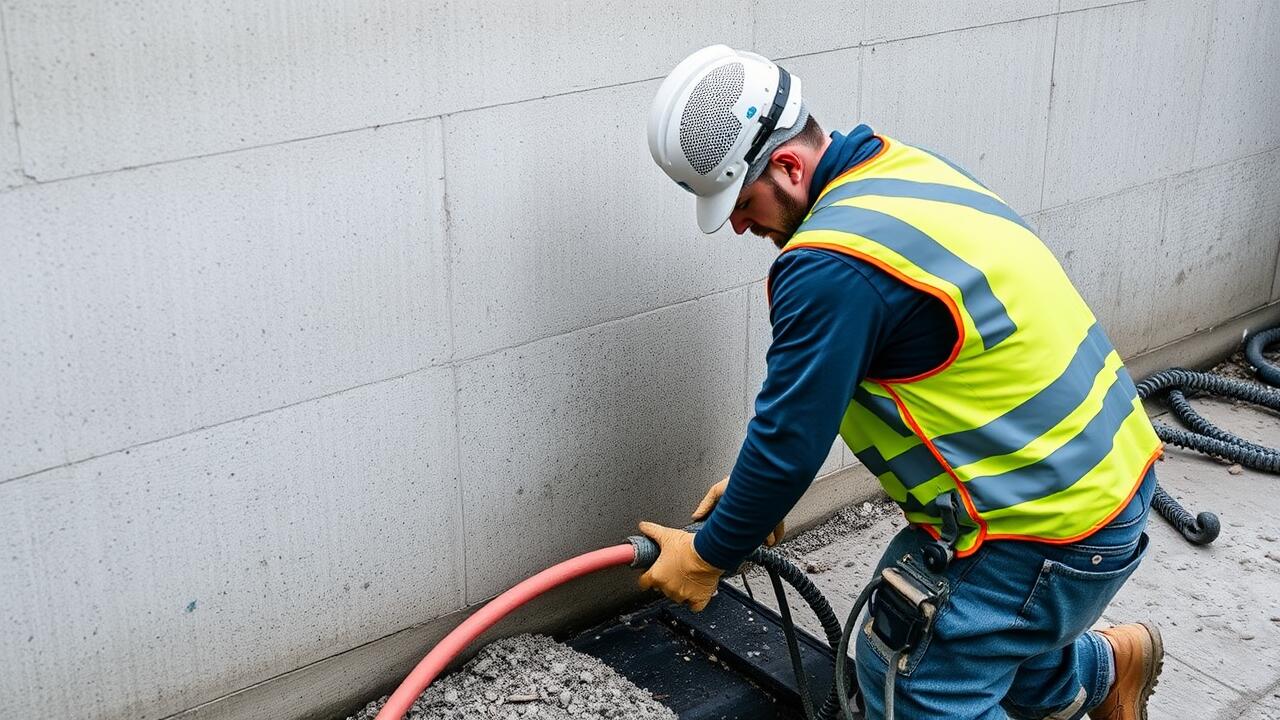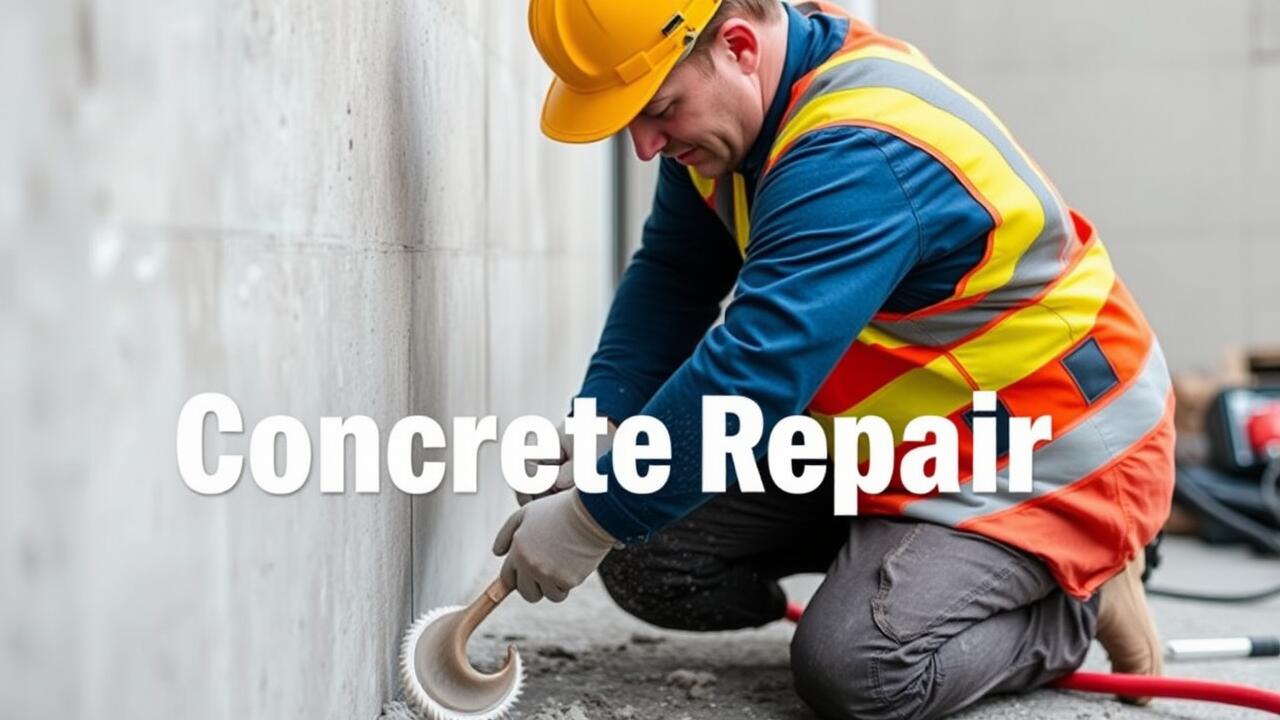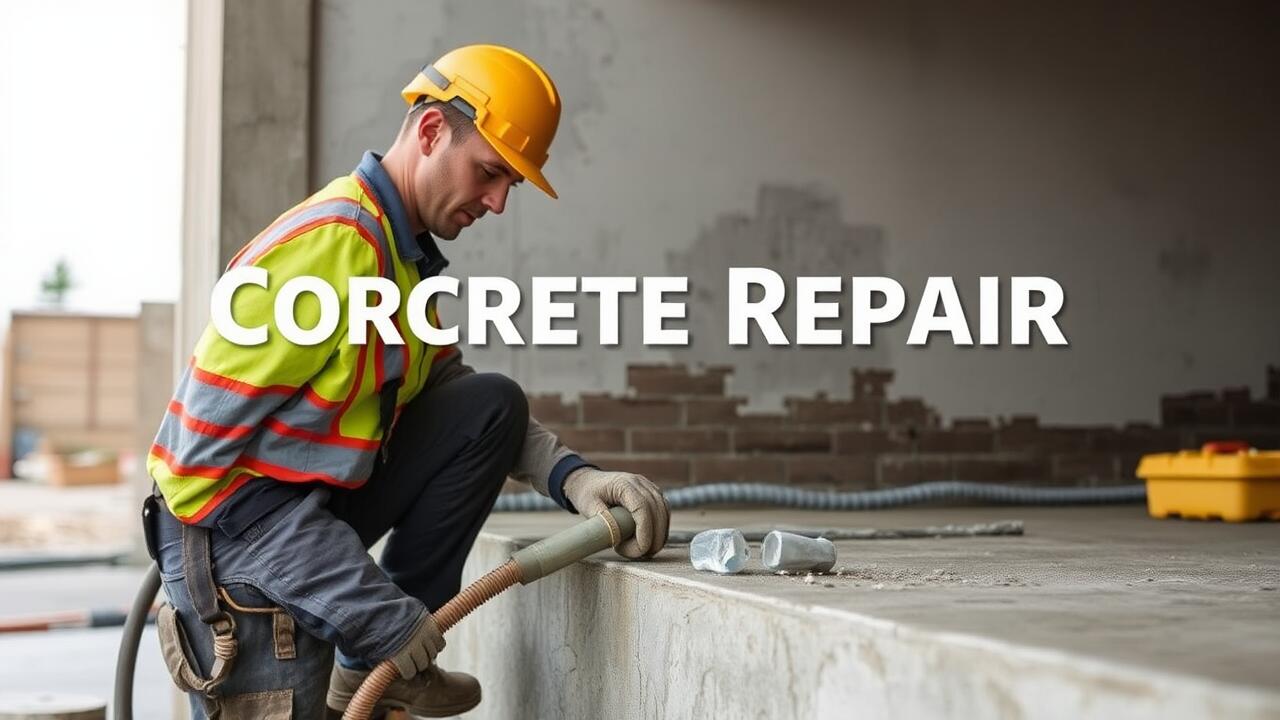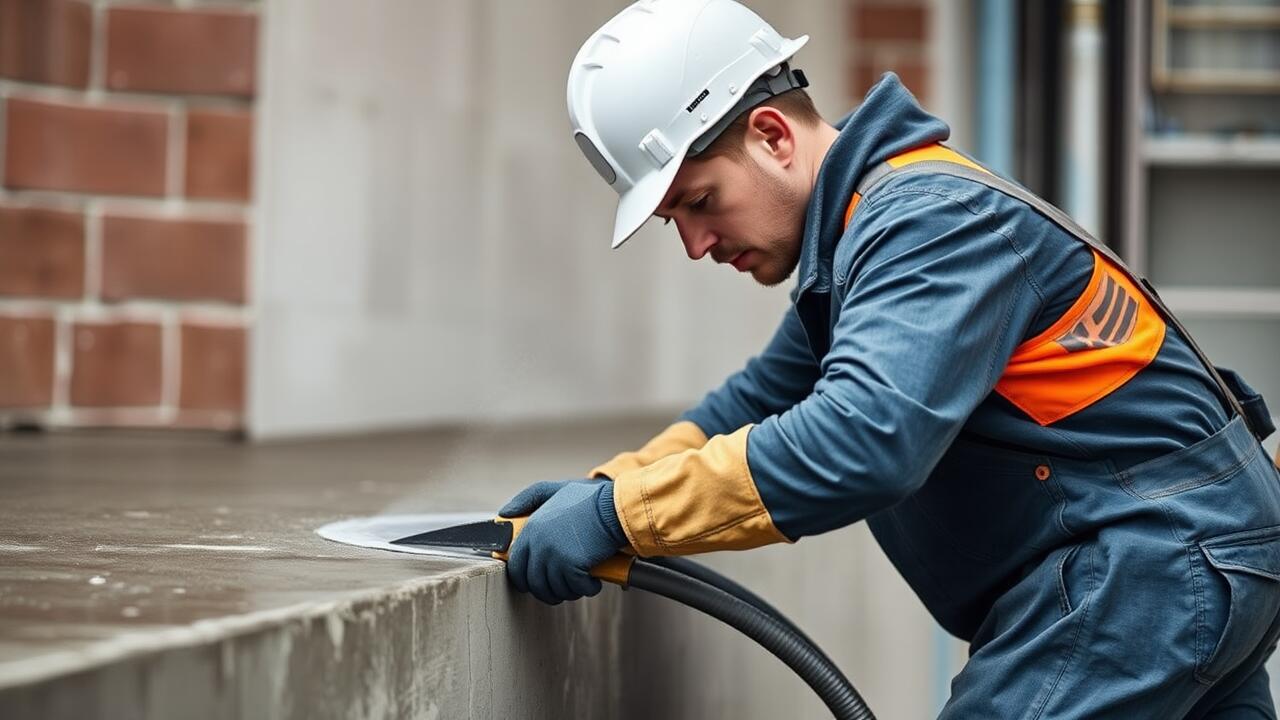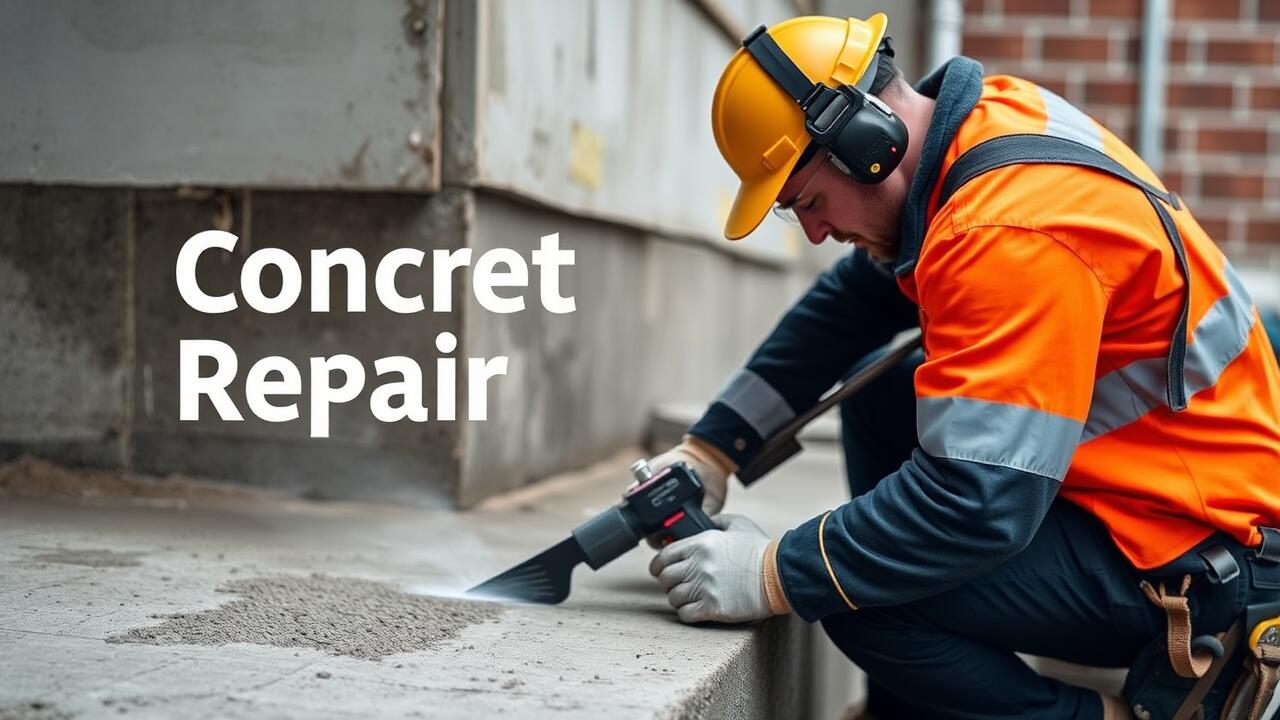
The Importance of Proper Bonding
Proper bonding between old and new concrete is crucial for ensuring the structural integrity and longevity of a project. When adding a new layer of concrete over an existing surface, achieving a strong bond minimizes the risk of future cracking or delamination. This connection becomes especially important when considering factors like weather conditions and load-bearing requirements. Homeowners seeking solutions for damaged pavement or walkways should prioritize bonding, ensuring the restoration is both effective and durable.
In Estrella, Phoenix, residents often encounter cracked concrete that requires attention. Engaging in Concrete Repair in Estrella, Phoenix, aligns with best practices for maintaining a safe and appealing property. Selecting the right materials and implementing proper techniques can enhance adhesion, making it possible for new concrete to effectively integrate with the old surface. This approach not only improves the aesthetics of the area but also extends the overall lifespan of the surface being repaired.
Enhancing Adhesion Between Layers
Enhancing adhesion between new and old concrete is crucial for a successful overlay project. Proper surface preparation plays a key role in this process. Cleaning the old concrete thoroughly helps remove dust, dirt, and any loose material that could hinder bonding. Additionally, repairing any significant cracks or holes in the old slab before applying the new layer ensures a smoother and more uniform surface, creating an optimal foundation for adhesion.
Using a bonding agent can significantly improve the connection between the two layers. These products are specifically designed to promote better adherence of new concrete to existing surfaces. For those in need of professional guidance, seeking services such as Concrete Repair in Estrella, Phoenix, can provide valuable expertise. By addressing both surface preparation and bonding agents, homeowners can increase the longevity and durability of their new concrete layer.
Techniques for Pouring New Concrete
Pouring new concrete over old cracked concrete requires careful preparation to ensure a strong bond. Start by cleaning the existing surface thoroughly. Remove any debris, dust, or loose materials that may prevent adhesion. Using a pressure washer or a stiff broom can help achieve a clean surface. If there are significant cracks or uneven areas, consider applying a concrete resurfacer or a bonding agent to enhance the connection between the old and new layers.
Once the surface is prepared, it’s essential to mix the new concrete properly. Follow manufacturer instructions for water and mix ratios to achieve the correct consistency. Pour the new mixture slowly, starting from one end and moving toward the other, to allow gravity to assist in spreading the concrete evenly. For projects requiring a level surface, use a screed board to level the concrete as you go. This technique is useful for ensuring that all layers bond effectively, especially in areas serviced by professionals in Concrete Repair in Estrella, Phoenix, where achieving durability is vital.
Step-by-Step Pouring Process
Preparing the existing concrete surface is crucial before pouring the new concrete. Start by cleaning the old slab thoroughly. Remove any debris, dirt, and grease using a pressure washer or a stiff broom. Fill in any significant cracks with a suitable crack filler. Next, dampen the old concrete slightly to improve bonding and prevent the new concrete from drying too quickly. For projects involving Concrete Repair in Estrella, Phoenix, these initial steps are vital to ensure longevity and durability of the final surface.
Once the surface is prepared, mix the new concrete according to the manufacturer's instructions. It's important to achieve a uniform consistency for an even pour. Use a concrete mixer or a wheelbarrow for smaller jobs. Pour the concrete onto the old slab in sections, spreading it evenly with a rake. Be mindful of the thickness of the new layer; a typical recommendation is between one to two inches. After pouring, use a finishing trowel to create a smooth surface. Allow the new concrete to set as specified to achieve optimal strength.
Curing New Concrete Effectively
Proper curing is essential for ensuring the strength and longevity of new concrete. It involves maintaining adequate moisture levels and temperature conditions to promote hydration within the concrete. A well-cured surface develops greater strength and durability, reducing the likelihood of cracking or other issues in the future. In areas like Estrella, Phoenix, where temperatures can soar, implementing effective curing techniques becomes crucial to prevent rapid evaporation.
One effective method for curing new concrete is using curing compounds, which form a protective film over the surface. This film slows down moisture loss, allowing the concrete to retain its hydration. Additionally, covering the newly poured slab with wet burlap or plastic sheeting can further assist in managing moisture. For those considering Concrete Repair in Estrella, Phoenix, understanding the proper curing process is fundamental to achieving a strong and stable surface for years to come.
Best Practices for Optimal Strength
To achieve optimal strength in newly poured concrete over old cracked surfaces, appropriate curing techniques are essential. A well-retained moisture level in the new layer promotes hydration and fosters better chemical bonding. Using wet burlap or plastic sheeting can help maintain this moisture, particularly in warmer conditions. Regularly checking the moisture level during the curing period is crucial to prevent premature drying, which can compromise the integrity of the concrete.
In addition to moisture management, temperature control during the curing process also plays a significant role. Extreme temperatures can adversely affect the setting and curing times, leading to weaker concrete. Ideally, the temperature should remain above 50 degrees Fahrenheit during the curing phase. For those seeking professional assistance in maintaining these best practices, Concrete Repair in Estrella, Phoenix, offers expertise in ensuring that newly installed concrete achieves its intended strength and durability.
FAQS
Can I pour new concrete over old cracked concrete?
Yes, you can pour new concrete over old cracked concrete, but proper preparation and techniques are essential to ensure a strong bond and prevent future issues.
What is the importance of proper bonding when pouring new concrete?
Proper bonding is crucial because it ensures that the new concrete adheres effectively to the old surface, reducing the risk of delamination and enhancing the overall durability of the slab.
How can I enhance adhesion between the old and new concrete layers?
To enhance adhesion, clean the old concrete thoroughly, repair any significant cracks, and apply a bonding agent before pouring the new concrete. This helps create a stronger connection between the two layers.
What are the best practices for curing new concrete?
Best practices for curing include keeping the surface moist for at least 7 days, using curing compounds, or covering the area with wet burlap or plastic sheeting to maintain humidity and temperature for optimal strength.
Are there any specific techniques I should follow during the pouring process?
Yes, during the pouring process, ensure that the new concrete is poured evenly, avoid overworking it, and use a float to level the surface. This will help achieve a smoother finish and a solid bond with the old concrete.
